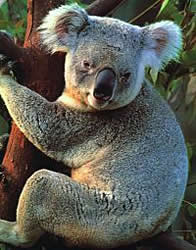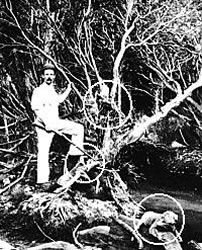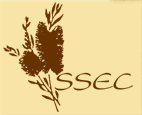 • Tourism
• Tourism
• Camping
• Cliff Dwellers
• The Reserve
• Cricket
• NPWS
• Field Studies Centre
|
Squatters and Campers |
Camping in the Reserve
In 1899 a report on Kurnell revealed that the fishing was rewarding and that "Oysters are plentiful and large and may be detached from the mangroves about Quibray Bay. Ashore there is always good shooting ". Sir Joseph Carruthers kept a careful tally of his hunting triumphs. During 1883 he shot 256 birds and animals including hawks, quail, parrots, wattlebirds, koalas and snakes. Sportsmen at the time were also shooting kangaroos and koalas.
'Koala' is an Aboriginal word meaning 'no water'. This unique, inoffensive marsupial was so named because it derives its hydration, not from drinking water, but from its diet of eucalypt leaves. In 1938 concern was expressed for the diminishing number of koalas, but in 1945 an application for a koala sanctuary at Kurnell was rejected and the consequences were fateful. . There have been no koalas living at Kurnell for nearly fifty years. |
  |
Throughout the intervening years, until 1966 when the National Parks and Wildlife Service took over its care, the Reserve was one of the most popular camping venues close to Sydney. Site bookings were taken two years in advance. Under the provision of the NPWS Act 1967, the area was increased to about 700 acres by the addition of a coastal strip of land from Cape Solander to Cape Bailey. In 1968 a further 100 acres was added to the park. |
| top of page |
|
| |
|



